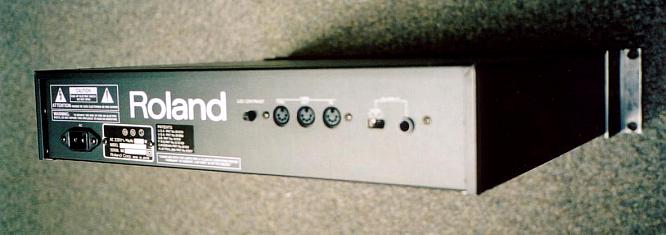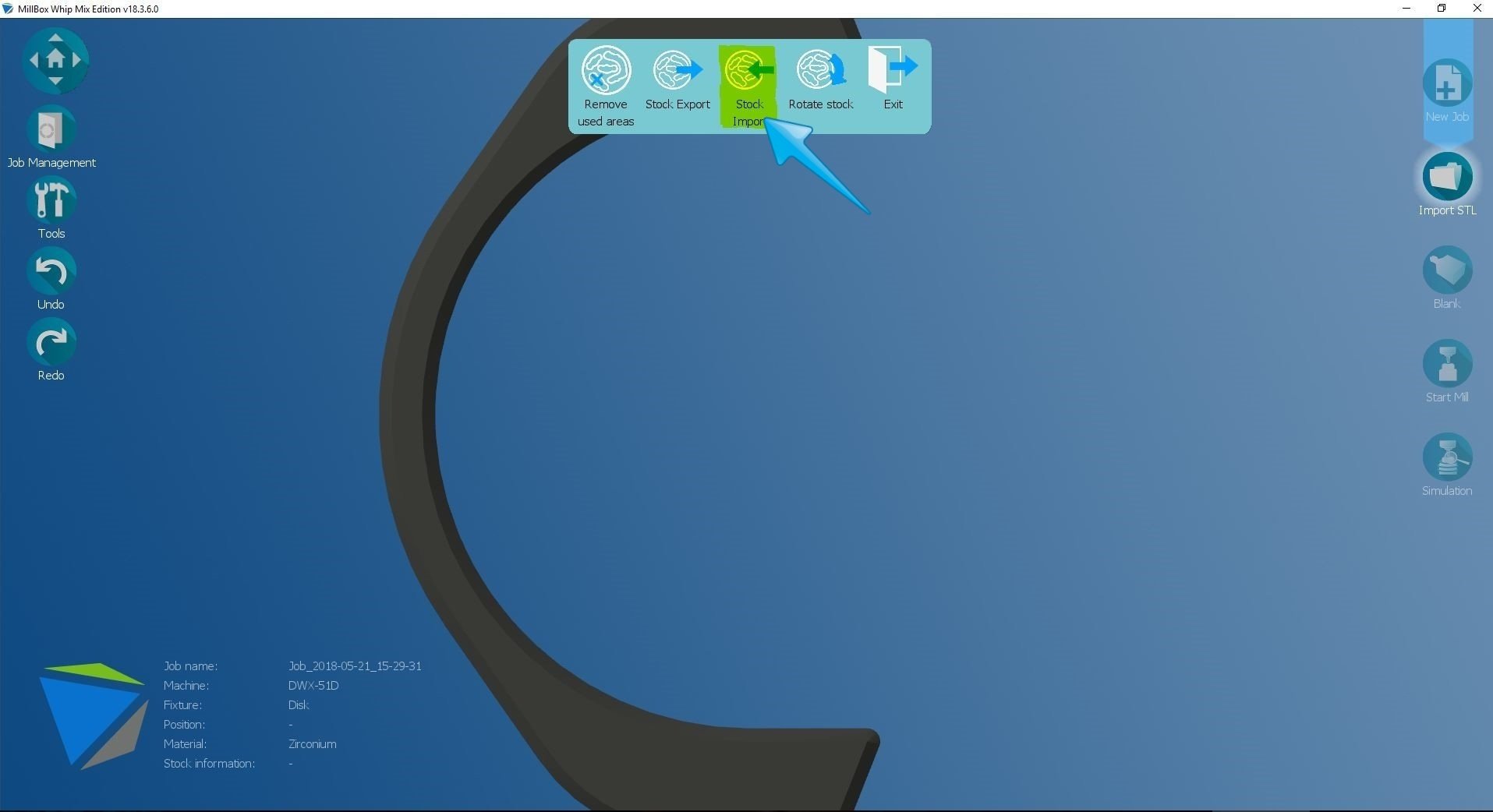
The power supply and data cabling for the Mitsumi drives are completely different from a regular floppy.ĭid you read through the info at this page, especially the part at the end?Īfter reviving my QD drive, all the sample disks I had were fine, no bad data. I needed a reliable working drive so I can come up with a way to replace the Quick Disk with a floppy drive emulator board (probably the HxC board). I owe a large favor to the synth Gods and I fear it's going to be steep if/when the come to collect. The odds were pretty stacked against any sort of revival. I had no idea the drive interface even worked at this point but I was able to get the thing working, saving samples, verifying the saves and reloading them. I just unplugged it and plugged in the Yamaha drive. I wont even touch the drive in this thing it's so horrid. Cleaned that up and put on a suitable elastic band, then dug into the MD-280. I sacrificed a dead MDF-1 I had laying around, pulled the drive out of it and discovered (quelle surprise!) that the drive belt had rotted away to goo. This thing looked like a family of pigeons made a home and shit in it for a decade. I should have left it behind, I should have known better. I just spent the better part of a day reviving an MD-280 that I got for 'free' with my Akai S_612. Thankfully I think there's only a few musical things that have these in them (Akai S-612/MD-280, Akai S-700, Roland S-10, and the bizarre Yamaha MDF-1 MIDI disk drive, anything else?) *Unreliable, drives and disks can just up and die at any time - CHECK

*Drive is notoriously finicky wrt head alignment, motor speed, gearing - CHECK *Drive is belt driven and the belt is made of a material that disintegrates into nasty black goo over time - CHECK *No sliding latch to protect the disk surface from dirt and dust - CHECK *Nonstandard disk size and format - CHECK Take everything that was good about floppy drive technology and throw it out the window.
#Roland quick disk code#
htaccess file and then click on the Code Editor icon at the top of the page. Alternatively, you can click on the icon for the. htaccess file and click Code Edit from the menu. The File Manager will open in a new tab or window. Make sure Show Hidden Files (dotfiles)" is checked.Check the box for Document Root for and select the domain name you wish to access from the drop-down menu.In the Files section, click on the File Manager icon.htaccess files in cPanel's File Managerīefore you do anything, it is suggested that you backup your website so that you can revert back to a previous version if something goes wrong. htaccess file for most people is through the File Manager in cPanel. Edit the file on your computer and upload it to the server via FTP.
#Roland quick disk how to#
htaccess file at some point, for various reasons.This section covers how to edit the file in cPanel, but not what may need to be changed.(You may need to consult other articles and resources for that information.) There are Many Ways to Edit a.


It is possible that you may need to edit the. htaccess file, and many scripts such as WordPress, Drupal, Joomla and Magento add directives to the. Redirects and rewriting URLs are two very common directives found in a. htaccess file contains directives (instructions) that tell the server how to behave in certain scenarios and directly affect how your website functions. On platforms that enforce case-sensitivity PNG and png are not the same locations. Notice that the CaSe is important in this example. In this example the image file must be in public_html/cgi-sys/images/

This varies by browser, if you do not see a box on your page with a red X try right clicking on the page, then select View Page Info, and goto the Media Tab. The properties will tell you the path and file name that cannot be found. Right click on the X and choose Properties. When you have a missing image on your site you may see a box on your page with with a red X where the image is missing. On platforms that enforce case-sensitivity example and Example are not the same locations.įor addon domains, the file must be in public_html//example/Example/ and the names are case-sensitive. In this example the file must be in public_html/example/Example/ When you get a 404 error be sure to check the URL that you are attempting to use in your browser.This tells the server what resource it should attempt to request.


 0 kommentar(er)
0 kommentar(er)
